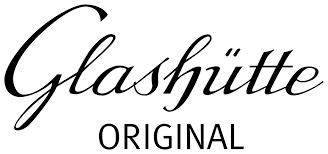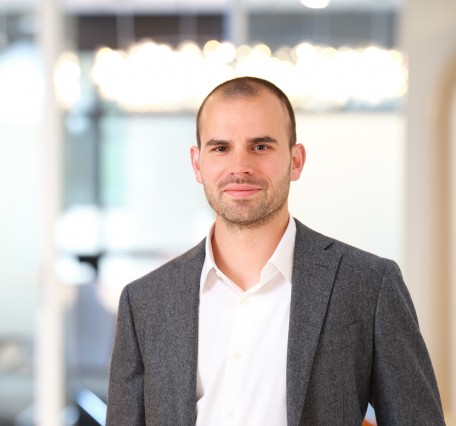

Reputation in a virtual world
Here’s how it works. A place name cannot function as a trademark when used for specific products or services for which the location is well-known. Think of MILANO for clothing, FRANKFURT for financial services, or BRAZIL for coffee. Switzerland is a special case—not only is it famous for its watches, but also for chocolate, cosmetics and banking services.
When encountering such a place name, the public might assume that the product originates from that location. This would prevent a trademark from fulfilling its primary function: indicating that the product originates from a specific company. Trademark applications for such geographical indications are rejected by the trademark authority on absolute grounds. However, this does not mean that every place name is refused: PHILADELPHIA for cream cheese, HOLLISTER for clothing, and LONDON for condoms are all valid trademarks.
Back to Glashütte, a town with only 6,730 residents but home to ten different watch brands. The European instances have ruled three times that the logo of watch manufacturer Glashütter Uhrenbetrieb GmbH must be rejected. The fact that the author of this piece was unaware of Glashütte’s reputation is irrelevant. It should be assessed whether a "non-negligible part" of the relevant EU public recognizes the town’s reputation.
The core of this case is that the trademark application concerns virtual watches for use in online environments, like the metaverse (falling under class 9), rather than physical watches (which fall under class 14, for which Glashütter Uhrenbetrieb GmbH already holds a trademark registration).
The EU General Court ruled that the public would interpret the logo as a reference to the town of Glashütte rather than as a trademark of Glashütter Uhrenbetrieb GmbH. It further explained that consumers perceive virtual goods in the same way as their physical counterparts, particularly since in this case the virtual goods are representations of "real" watches and imitate their functions. Those already familiar with the reputation of the watch industry in Glashütte would associate the logo with the quality of this sector, even when used for virtual watches.
How significant is the leap the Court makes from the reputation of physical watches to the virtual world? Is it justified to treat virtual products the same way as their physical equivalents? The Court’s reasoning on this point is brief. For example, the assessment of the relevant public is not very thorough. Is the consumer interested in classic timepieces really the same as the one active in the virtual world? It’s easy to imagine that the reputation of a small German town is not widely known among young gamers buying a cool accessory for their avatar.
There has been discussion in the trademark world about the relationship between physical products and their virtual reproductions for a while now. A key question is whether these products should be considered similar when assessing the risk of confusion. Would the public assume, for instance, that virtual products originate from the same company as their tangible counterparts? And would that be enough to establish similarity? Future case law will have to provide answers.
For Glashütter Uhrenbetrieb GmbH, the Court's ruling could have significant consequences. Not that I expect them to focus solely on fictional watches, but it could also affect their core business. The company holds an EU registration for the same logo for physical watches, which was approved in 2006. Based on the Court’s current reasoning, this trademark could be invalidated if a competitor were to challenge it. Given this, it is expected that Glashütter Uhrenbetrieb GmbH—a significant player with over 300,000 followers on Instagram—will appeal to the European Court of Justice to prevent the implications of virtual timepieces from affecting its real-world operations.


